[最も好ましい] x^2 y^2-3xy=1 find dy/dx 141096
Use the fact that the given equation is homogeneous $$ \frac{dy}{dx}=\frac{x^28y^2}{3xy} $$ First I multiply the right side by $$ \frac{\frac{1}{x^2}}{\frac{1}{ Stack Exchange Network Stack Exchange network consists of 178 Q&A communities including Stack Overflow , the largest, most trusted online community forFind dy/dx x^23xyy^2=1 Differentiate both sides of the equation Differentiate the left side of the equation Tap for more steps Differentiate Tap for more steps By the Sum Rule, the derivative of with respect to is Differentiate using the Power Rule which states that is whereGet an answer for 'Find dy/dx by implicit differentiation x^25xy3y^2=7' and find homework help for other Math questions at eNotes
1
X^2 y^2-3xy=1 find dy/dx
X^2 y^2-3xy=1 find dy/dx-The differential equation is not well defined in (x,y) = (1,1) as you have an expression of the form 0/0 for dy/dx #8 murshid_islam dy/dx= (x^2y^2)/(3xy) The answer is supposed to be (x^2 4y^2)^3(x^2 )= CHere is what I have done x/(3y) y/(3x) = (1/3)(x/y y/x) = (1/3)(1/(y/x) y/x)




Worked Example Implicit Differentiation Video Khan Academy
find the derivative of f given by f x is equal to Sin inverse X assuming it exist Kindly solve the question Please answer this question if x = sin 3 t/(cos 2t) 1/2, y = cos 3 t/(cos 2t) 1/2, find dy/dx explain in great detailDownload Solution PDF u = x log xy x3 y3 3xy = 1 By using total differentiation concept, d u = ( ∂ u ∂ x) d x ( ∂ u ∂ y) d y ⇒ ∂ u ∂ x = ( ∂ u ∂ x) ( ∂ u ∂ y) ( d y d x) u = x log xy Partial differentiating with respect to x ⇒ ∂ u ∂ x = logSimple and best practice solution for Y^2dx(x^23xy4y^2)dy=0 equation Check how easy it is, and learn it for the future Our solution is simple, and easy to understand, so don`t hesitate to use it as a solution of your homework
xy 2 x 2 y 3xy = 0 dx/dx = 1 d/dx(xy 2 x 2 y 3xy) = d0/dx = 0 y 2 2xy(dy/dx) 2xy x 2 (dy/dx) 3y 3x(dy/dx)=0 y 2 2xy 3y = x 2 (dy/dx) 3x(dy/dx) 2xy(dy/dx) dy/dx = (y 2 2xy 3y)/(x 2 3x 2xy) #11 lamerali 62 0 Dick said As long as you understand why you can't cancel that way and promise not to do itCalculus Find dy/dx x^24xyy^2=4 x2 4xy y2 = 4 x 2 − 4 x y y 2 = 4 Differentiate both sides of the equation d dx (x2 4xy y2) = d dx(4) d d x ( x 2 − 4 x y y 2) = d d x ( 4) Differentiate the left side of the equation Tap for more steps Consider the curve given by x^24y^2=73xy a) Show that dy/dx=(3y2x)/(8y3x) b) Show that there is a point P with xcoordinate 3 at which the line tangent to the curve at P is horizontal Find the ycoordinate of P c) Find the calculus 1 Given the curve a Find an expression for the slope of the curve at any point (x, y) on the curve
x^3 y^3 = 3xy^2, find dy/dx using implicit differentiationAnswer to Find the slope of the tangent line to graph of the function f(x)=3x^2 3xy 7y^2 = 34 at (2,1) By signing up, you'll get thousandsDy dx = x2 3xy y2 x2 By decomposing the numerator into 3 separate terms, we obtain dy dx = x2 x2 3xy x2 y2 x2 = 1 3 y x y x 2 = f(y=x);




Ex 5 3 5 Find Dy Dx In X2 Xy Y2 100 Class 12




Worked Example Implicit Differentiation Video Khan Academy
(b) 2 x y dx ( y 2 x 2) dy = 0 Here, M = 2 x y, M y = 2x, N = y 2 x 2, and N x = 2 xNow, ( N x M y) / M = ( 2 x 2 x ) / ( 2 x y) = 2 / yThus, μ = exp ( ∫ 2 dy / y ) = y2 is an integrating factor The transformed equation is ( 2 x / y ) dx ( 1 x 2 y2) dy = 0 Let m = 2 x / y, and n = 1 x 2 y2Then, m y = 2 x y2 = n x, and the new differential equation is exact1 x^4 y^4=162 y^2=3xy5;Solve the ( x 3 y 3 − x y) d y = d x written 53 years ago by aksh_31 ♦ 23k • modified 53 years ago Mumbai University > First Year Engineering > sem 2 > Applied Maths 2 Marks 6 Year 15 ADD COMMENT EDIT 1 Answer
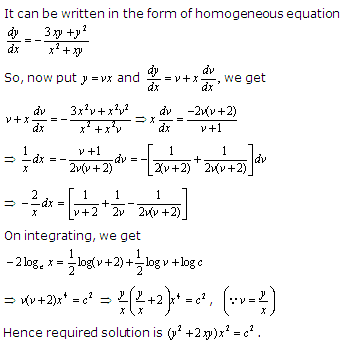



How To Solve 3xy Y 2 Dx X 2 Xy Dy 0 Also I Wish To Knw When To Use Y Vx Or X Vy Mathematics Topperlearning Com H9faf2xx



2
Click here👆to get an answer to your question ️ Solve (3xy y^2)dx (x^2 xy) dy = 0 , y(1) = 1X(3xy − y 2)dx x(x − y)dy = 0 and we get (3x 2 y − xy 2)dx (x 3 − x 2 y)dy = 0 It should now be exact Let's test it M = 3x 2 y − xy 2 ∂M∂y = 3x 2 − 2xy N = x 3 − x 2 y ∂N∂x = 3x 2 − 2xy ∂M∂y = ∂N∂x So our equation is exact!Solve your math problems using our free math solver with stepbystep solutions Our math solver supports basic math, prealgebra, algebra, trigonometry, calculus and more
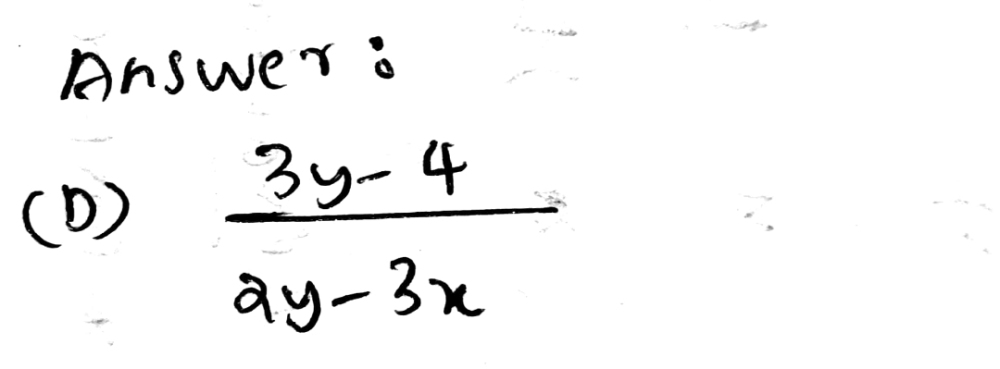



3 Find Dy Dx If 3xy 4x Y2 A 4 3y 2y 3x B 3x Gauthmath




Find Dy Dx If X 3 2x 2y 3xy 2 4y 3 5 Target Batch
1 Answer An equation in differential form M ( x, y) dx N (x, y) dy = 0 is said to be homogeneous, if when written in derivative form there exists, a function g such that A homogeneous equation can be transformed into a separable equation by a change of variablesSolution for dy/dx = 3xy/(x^2y^2) Q For the data shown, determine the constants and/or coefficients for the discrete Fourier transform A Step 1 The kth discrete Fourier transform (DFT) coefficient for the set of N xvalues corresponding Prove that x^2 y^2 = c(x^2 y^2)^2 is the general solution of the differential equation (x^2 3xy^2) dx = (y^3 3x^2y)dy, where C is a parameter asked in Mathematics by Samantha ( 3k points)




Solve The Equation X 2 3xy Y 2 Dx X 2dy 0 Given That Y 0 And X 1




Bear H S Understanding Calculus
Get an answer for 'solve the differential equation (2xy3y^2)dx(2xyx^2)dy=0 ' and find homework help for other Math questions at eNotes Search this site Go Ask aNow we solve in the same way as the previous examples I(x, y) = ∫ M(x, yWhen x=2 Who are the experts?



Tamdistrict Org
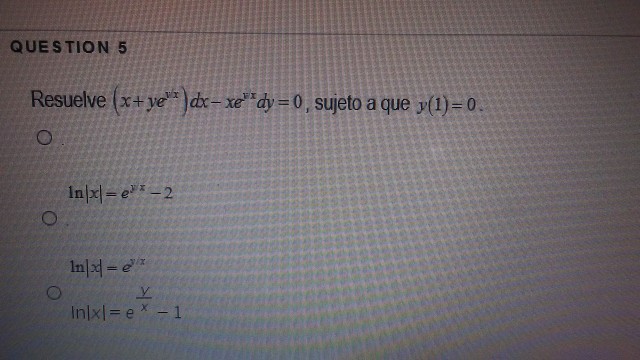



Solved 1 Solve 2x 2 Dy Dx 3xy Y 2 Subject To That Y 1 Chegg Com
{eq}(1 x^2) \dfrac{dy}{dx} 3xy = 5x {/eq}, given that {eq}y = 2 {/eq} when {eq}x = 1 {/eq} Particular Solution The solution to the differential equation in which the initial condition is Transcript Ex 95, 4 show that the given differential equation is homogeneous and solve each of them ( ^2 ^2 ) 2 =0 Step 1 Find / ( ^2 ^2 ) 2 =0 2xy dy = ( ^2 ^2 ) dx 2xy dy = ( ^2 ^2 ) dx / = ( ^2 ^2)/2 Step 2 Putting F(x, y) = / and finding F( x, y) F(x, y) = ( ^2 ^2)/2 F( x, y) = (( )^2 ( )^2)/(2Implicit Differentiation Calculator with Steps The implicit differentiation calculator will find the first and second derivatives of an implicit function treating either y as a function of x or x as a function of y, with steps shown Function f ( x, y) = g ( x, y) Differentiate with respect to x y Find the second derivative?
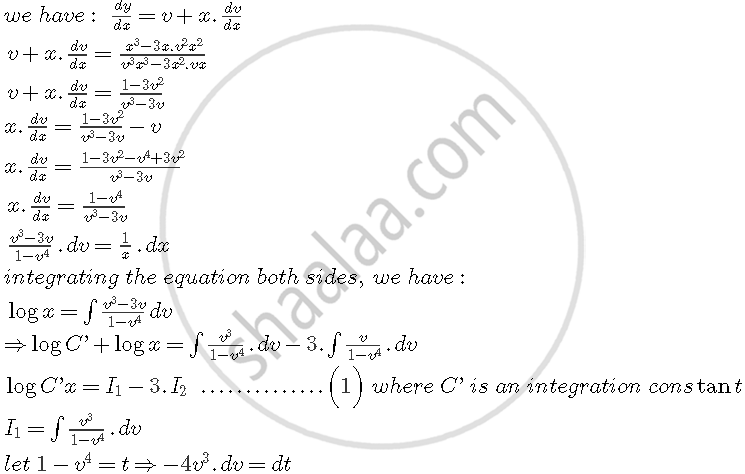



Prove That X2 Y2 C X2 Y2 2 Is The General Solution Of The Differential Equation X3 3xy2 Dx Y3 3x2y Dy Where C Is Parameter Mathematics Shaalaa Com




Indicated Rate X 2 3xy Y 2 11 Dx Dt 2 When X 1 Y 2 Wyzant Ask An Expert
Implicit differentiation can help us solve inverse functions The general pattern is Start with the inverse equation in explicit form Example y = sin −1 (x) Rewrite it in noninverse mode Example x = sin (y) Differentiate this function with respect to x on both sides Solve for dy/dx Explanation differentiate implicitly with respect to x the term 3xy is differentiated using the product rule ⇒ 2x 3(x dy dx y1) 2y dy dx = 0 ⇒ 2x 3x dy dx 3y 2y dy dx = 0 ⇒ dy dx (3x 2y) = −2x − 3y ⇒ dy dx = − 2x 3y 3x 2ySteps for Solving Linear Equation ( x ^ { 3 } y ^ { 2 } ) d x 3 x y ^ { 2 } d y = 0 ( x 3 y 2) d x − 3 x y 2 d y = 0 To multiply powers of the same base, add their exponents Add 2 and 1 to get 3 To multiply powers of the same base, add their exponents Add 2 and 1 to get 3




Q7 If X 2 Y 2 3xy 1 Find Dy Dx If X Square Y Square 3xy 1 If X2 Y2 3xy 1 Youtube



2
Click here👆to get an answer to your question ️ Find dydx , where x^2 y^2 3xy = 1 murshid_islam said If the boundary condition was , both and would be correct solutions, right?Where f(v) = 1 3v v2 We can see that this equation is homogeneous Applying our solution formula, we obtain an equation for v = y=x, Z 1 x dx Z 1 v (1 3v v2) dv = 0 Evaluating the rst




Find Dy Dx Of Xy 3 Yx 3 X Mathematics Topperlearning Com D0amnv66



3 8 Implicit Differentiation Calculus Volume 1
Answer to find dy/dx;Answer Multiplying both sides by x one obtain the equation M(x,y)dx N(x,y)dy =0, with M(x,y) = 3x^2y xy^2 , N/x,y) = x^3 x^2y Now we have an exact equation because dM/dy = dN/dx = 3x^2 2xy We know that exist the general integral F(x,y) = C such that (1) dF/dx = M = 3x^2y xy^2Simple and best practice solution for (x^23xyy^2)dxx^2dy=0 equation Check how easy it is, and learn it for the future Our solution is simple, and easy to understand, so don`t hesitate to use it as a solution of your homework If it's not what You are looking for type in the equation solver your own equation and let us solve it
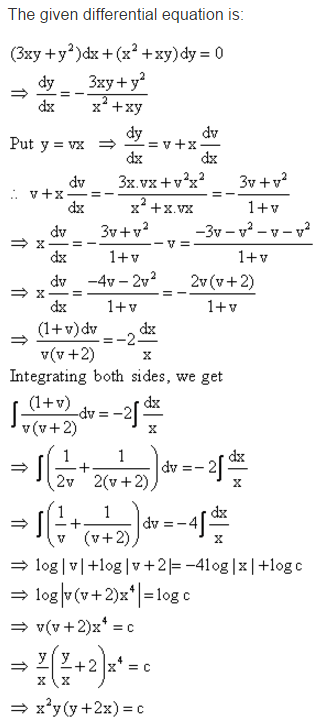



Find The Particular Solution Of Given Differential Equation 3xy Y 2 Dx X 2 Xy Dy 0 At X 1 Y 1 Mathematics Topperlearning Com D1ksg633




Solve 3xy 2ay 2 Dx X 2 2axy Dy 0 Mathematics Stack Exchange
Ydy F x 1 dx 1 F x 2 dx 2 =0 then set all the differentials except the ones in question equal to zero (ie set dx 2 =0)which leaves F ydy F x1 dx 1 =0 or F ydy = −F x 1 dx 1 dividing both sides by F y and dx 1 yields dy dx 1 = − F x 1 F y which is equal to ∂y ∂x 1 from the implicit function theorem 6 Transcript Ex 95, 5 show that the given differential equation is homogeneous and solve each of them 𝑥^2 𝑑𝑦/𝑑𝑥=𝑥^2−2𝑦^2𝑥𝑦 Step 1 Find 𝑑𝑦/𝑑𝑥 𝑥^2 𝑑𝑦/𝑑𝑥=𝑥^2−2𝑦^2𝑥𝑦 𝑑𝑦/𝑑𝑥= (𝑥^2 − 2𝑦^2 𝑥𝑦)/𝑥^2 𝑑𝑦/𝑑𝑥= 1−(2𝑦^2)/𝑥^2 𝑥𝑦/𝑥^2 𝑑𝑦/𝑑𝑥= 1−(2𝑦^2 Stack Exchange network consists of 178 Q&A communities including Stack Overflow, the largest, most trusted online community for developers to learn, share their knowledge, and build their careers Visit Stack Exchange




Solve The Equation X 2 3xy Y 2 Dx X 2dy 0 Given That Y 0 And X 1
.png)



Q8 X2 Y2 Dy Dx 8x2 3xy 2y2 Maths Differential Equations 8739 Meritnation Com
dy/dx = (3x²y y²)/ (2x³ 3xy) The rule for implicit differentiation in two variables is dy/dx = Fx/Fy where F (x, y) = 0 is the solution, and Fx, Fy are partial derivatives as the ratio is (3x²y y²)/ (2x³ 3xy) Fx is proportional to 3x²y y² and Fy to 2x³ 3xy I mean that num and den can be multiplied for a factor such Question find the particular solution indicated y2 dx (x2 3xy 4y2) dy = 0;When x = 2, y = 1 Answer E AID 2475 Given equation is …… (1) We are to need to find the particular solution indicated The function is said to be homogeneous of degree in and, if and only if,
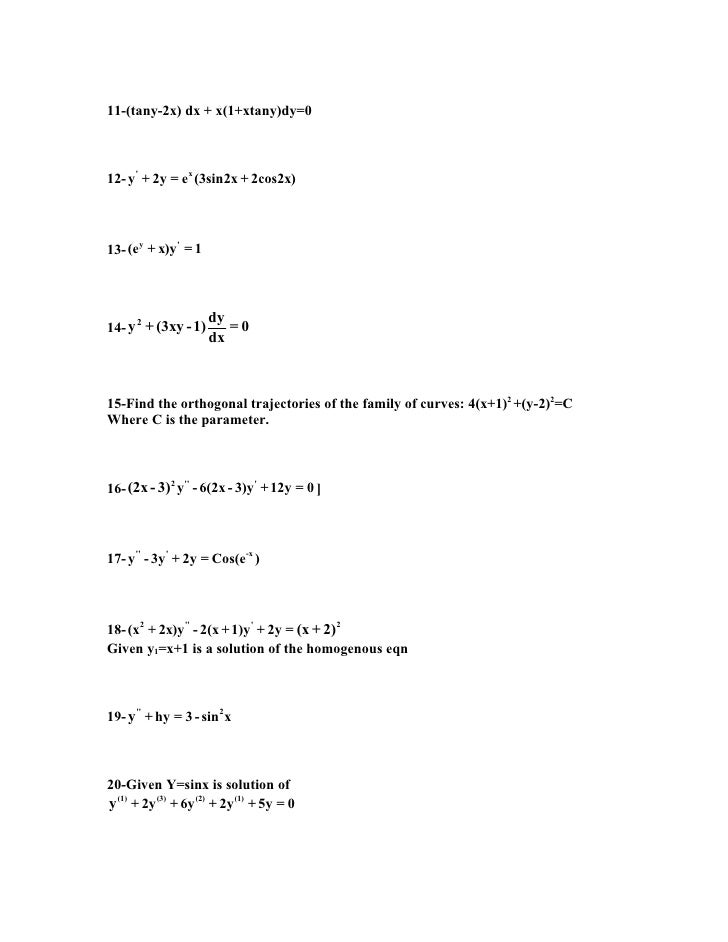



Math Report




Y3 3xy2 X3 3x2y Find Dy Dx Plzzzzzzzzzzz Slove Ths As Fast As Possible Maths Continuity And Differentiability Meritnation Com
Experts are tested by Chegg as specialists in their subject areaFind dy/dx given x^3 3 x^2 y 2 x y^2 = 12 Natural Language;Calculus use implicit differentiation to find dz/dx given x^2zsin(xyz)=0 You can view more similar questions or ask a new question



Solved X Y 3xy 2 Y Is A Differentiable Function Of X Find Dy Dx And D 2y Dx2 By Implicit Differentiation Course Hero
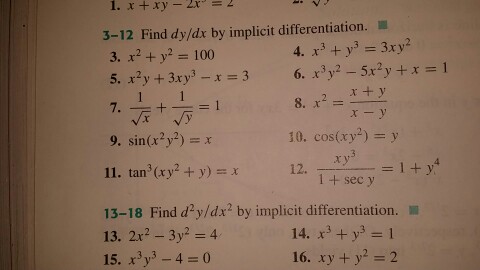



Solved Find Dy Dx By Implicit Differentiation X 2 Y 2 Chegg Com
For the differential equation `(x^2y^2)dx2xy dy=0`, which of the following are true (A) solution is `x^2y^2=cx` (B) `x^2y^2=cx` `x^2y^2=xc` (D) `y find the particular solution of given differential equation 3xy y 2 dx x 2 xy dy 0 at x 1 y 1 Mathematics TopperLearningcom d1ksg633 Use implicit differentiation to find dz/dy for yz = ln (xz) I am unsure of how to deal with the right side specifically Calculus Find dy/dx by implicit differentiation x^22xyy^3 = c Thank you!



Solve The Following Differential Equation 3xy Y 2 Dx X 2 Xy Dy 0 Sarthaks Econnect Largest Online Education Community
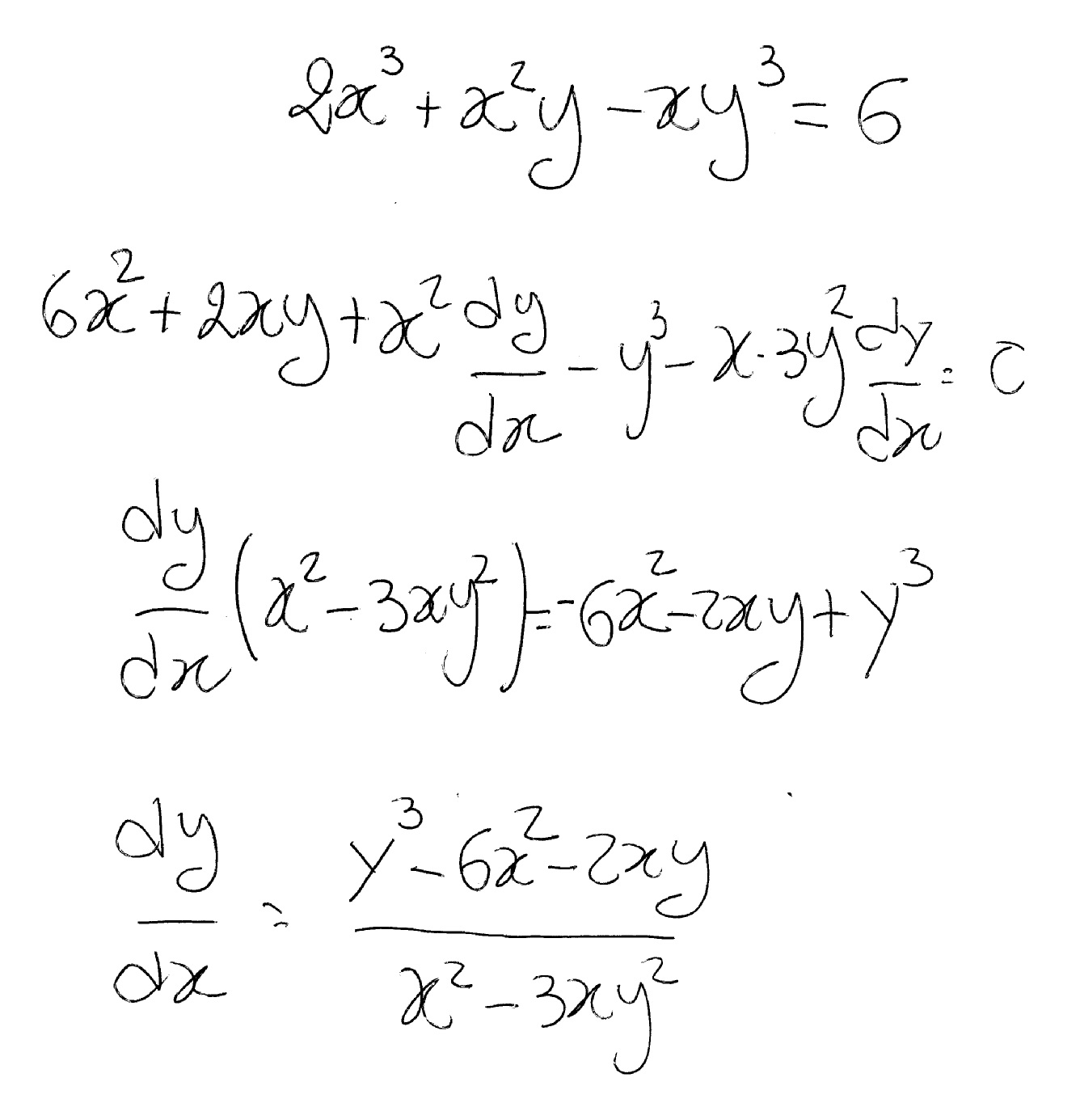



How Do You Find Dy Dx By Implicit Differentiation For 2x 3 X 2 Y Xy 3 6 Socratic
Answer (1 of 5) Rewrite as dy/dx = (2x^2 3y^2)/3xy Multiply the RS of the equation by (1/×^2)/(1/x^2), giving dy/dx = —(2 3(y/x)^2)/(3(y/x)) Let v = y/xExtended Keyboard Examples Upload Random Compute answers using Wolfram's breakthrough technology & knowledgebase, relied on by millions of students & professionals For math, science, nutrition, history, geography, engineering, mathematics, linguistics, sports, financeWe have, \ \left( x^2 3xy y^2 \right) dx x^2 dy = 0\ \ \Rightarrow \frac{dy}{dx} = \frac{x^2 3xy y^2}{x^2}\ This is a homogeneous differential equation



Tinkutara Equation Editor Math Forum Question 352
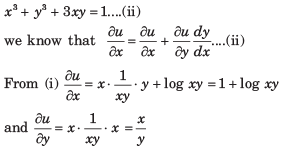



If U X Log Xy Wherex3 Y3 3xy 1 Then Du Dx Is Equal Toa B C D Correct Answer Is Option A Can You Explain This Answer Edurev Electronics And Communication Engineering Ece
The differential equation of the system of circles touching the xaxis at origin is (A) (x^2 y^2)dy/dx 2xy = 0 asked in Differential equations by AmanYadav ( 557k points) differential equations



2



1
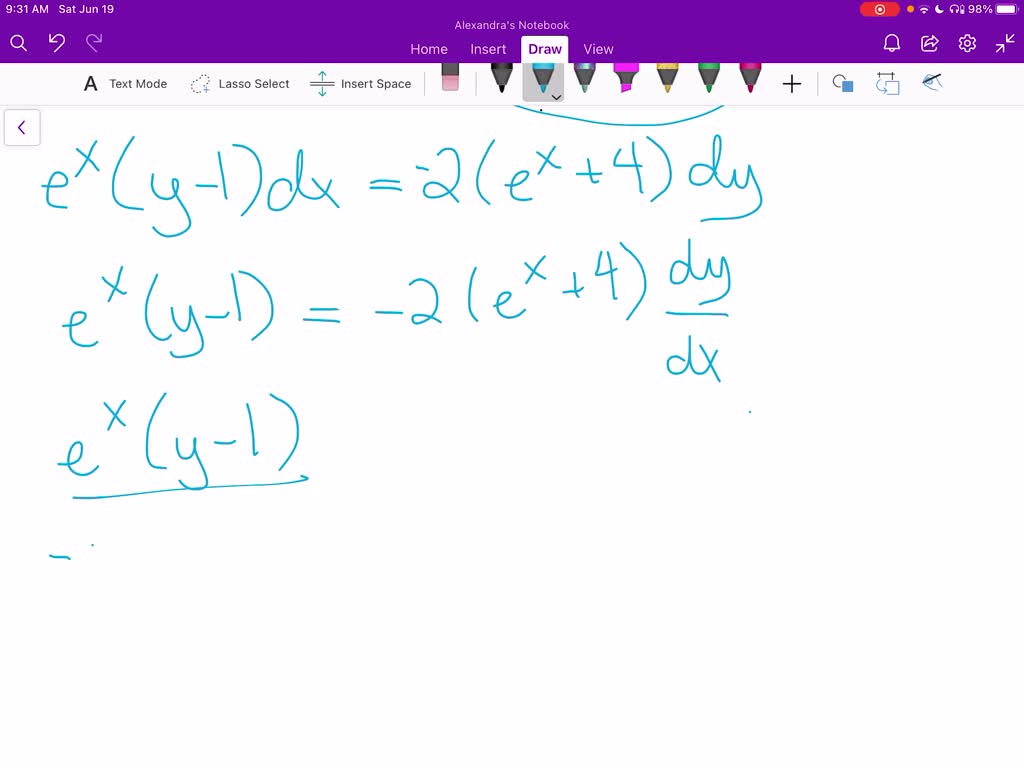



Solved Find The General Solutions For The Following Equations 1 Dy Dx X2y X2 2 Y 2y 10y 0 3 X2y 3xy 4y 0 T 0 4 Y 4y 3y 0



2




R D Sharma Solutions Class 7 Math Chapter 7 Algebraic Expressions Exercise 7 2




Pure Mathematics Find Dy Dx In Terms Of X And Y When X Y 2xy 3y 2x 7 S O L U T I O N 1 This Is An Implicit Function Because We




If X 3 Y 3 3xy 2 3x 2y 1 0 Then At 0 1 Dy Dx Youtube
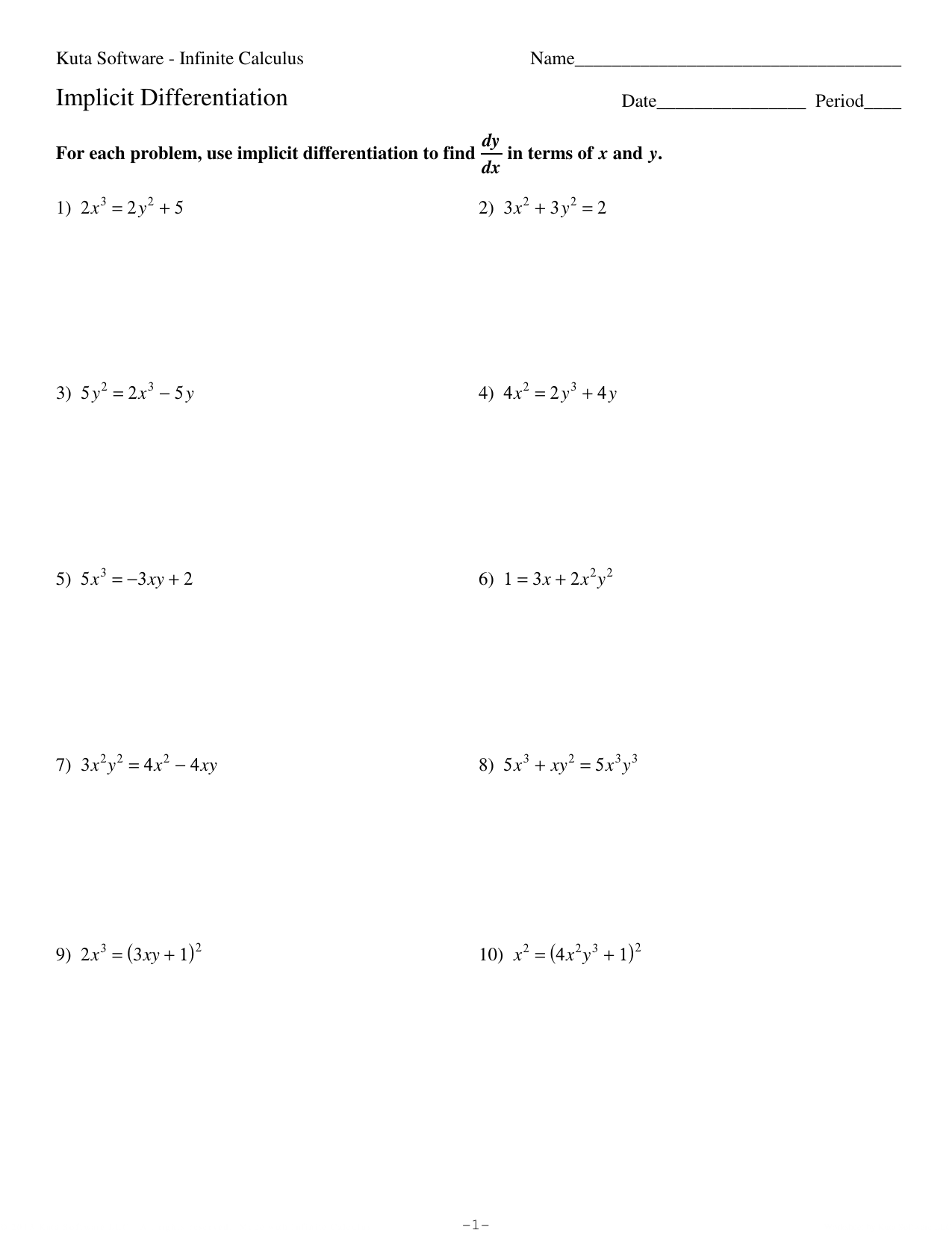



Sheet 1 Implicit Diff



What Is 3xy 2ay 2 Dx X 2 2axy Dy 0 In Mode 4 Quora
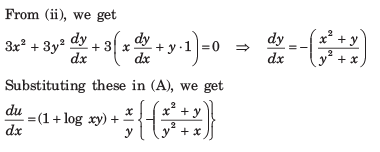



If U X Log Xy Wherex3 Y3 3xy 1 Then Du Dx Is Equal Toa B C D Correct Answer Is Option A Can You Explain This Answer Edurev Electronics And Communication Engineering Ece
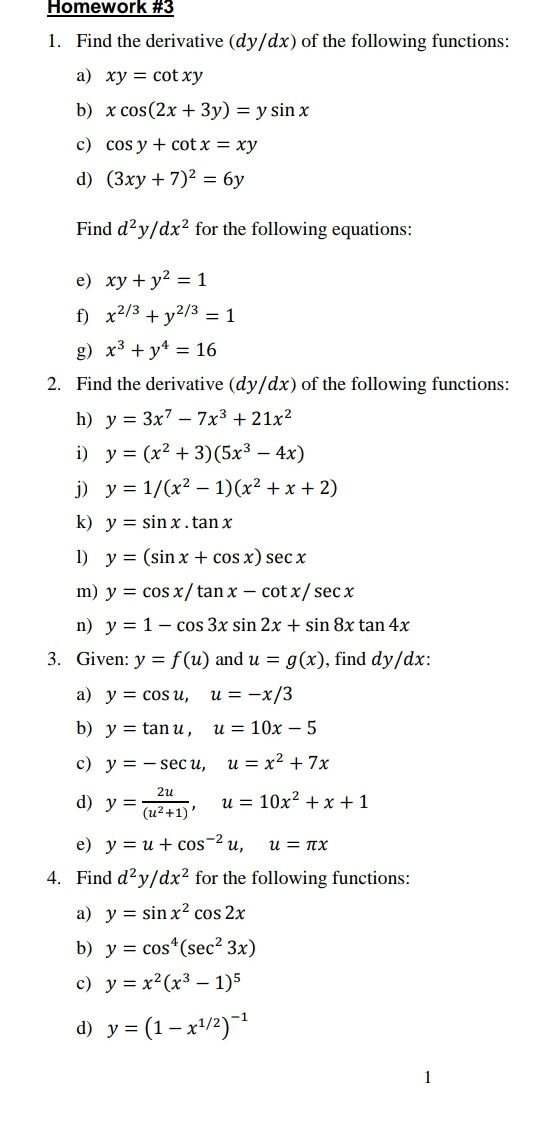



Answered Homework 3 1 Find The Derivative Bartleby



2




Solved 1 Solve Dy Dx 뿄 X Du Je 뿄 Xy 0 2 Test For Chegg Com



2




X 3 3xy 2 Dx Y 3 3x 2y Dy Youtube




Lesson 3 6 Implicit Differentiation Objectives Use Implicit




Find Dy Dx When X 2 Y 2 3xy 1
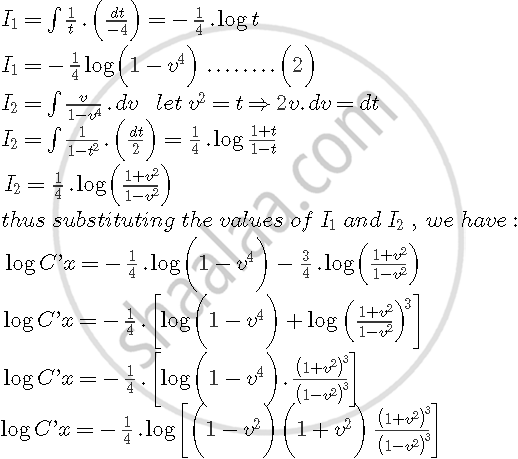



Prove That X2 Y2 C X2 Y2 2 Is The General Solution Of The Differential Equation X3 3xy2 Dx Y3 3x2y Dy Where C Is Parameter Mathematics Shaalaa Com



Find The Particular Solution Of The Differential Equation 3xy Y 2 Dx X 2 Xy Dy 0 For X 1 Y 1 Sarthaks Econnect Largest Online Education Community




Solve The Differential Equation Y2 X2 Dy 3xy Dx 0 Maths Differential Equations Meritnation Com




If 2x 2 3xy Y 2 X 2y 8 0 Then Dy Dx Youtube



2




Differentiate X 2 Y 2 3xy 1



How To Solve X 3 3xy 2 Dx 3x 2y Y 3 Dy Quora



2




Solution Of Dy Dx Y 2 1 3xy Is
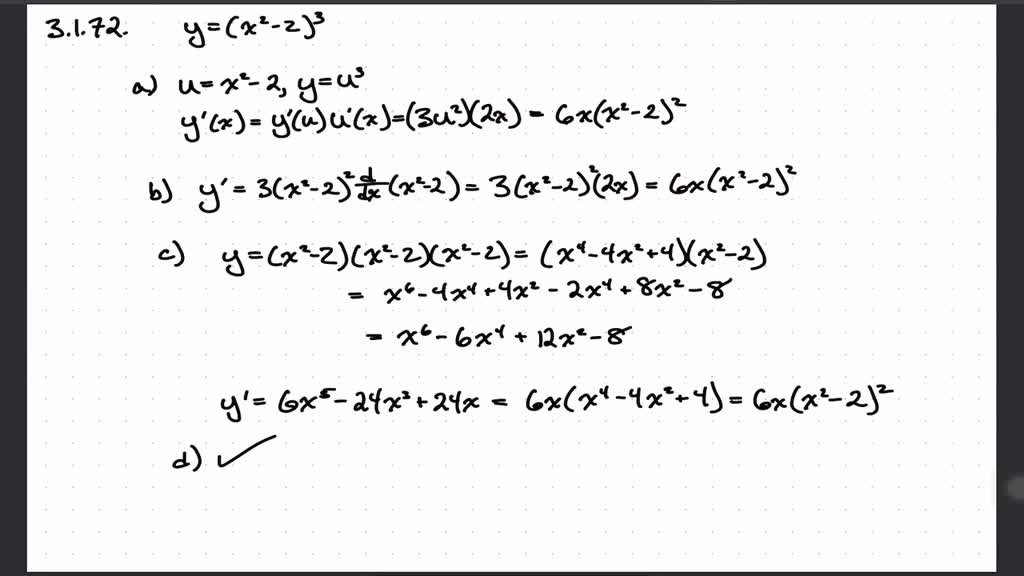



Solved Find The First Derivative Dy Dx And The Second Derivative D 2 Y Dx 2 For Each Of The Following Problems Y X 3 2x 2 3 5 3 2 X 2 3xy Y 3 7 0 Y E X 2 E X Y X 2 Lna 10 E 3x
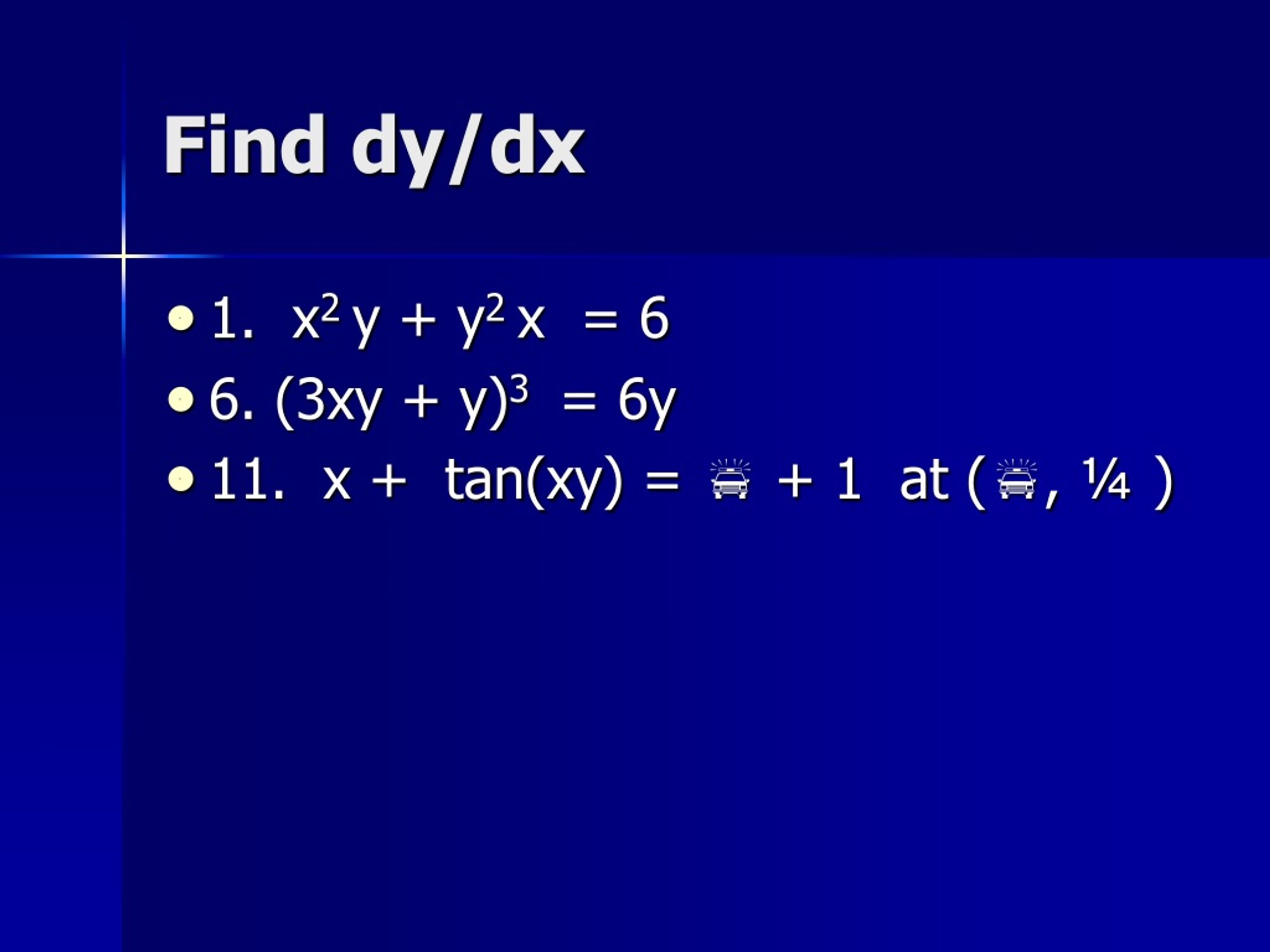



Ppt Implicit Differentiation Powerpoint Presentation Free Download Id



How To Solve The Differential Equation 2y 3xy 2 Dx X 2x 2y Dy 0 Quora
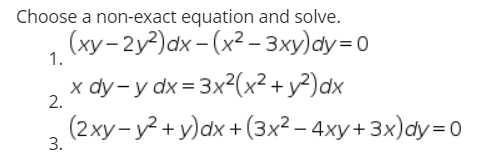



Answered Noose A Non Exact Equation And Solve Bartleby



2
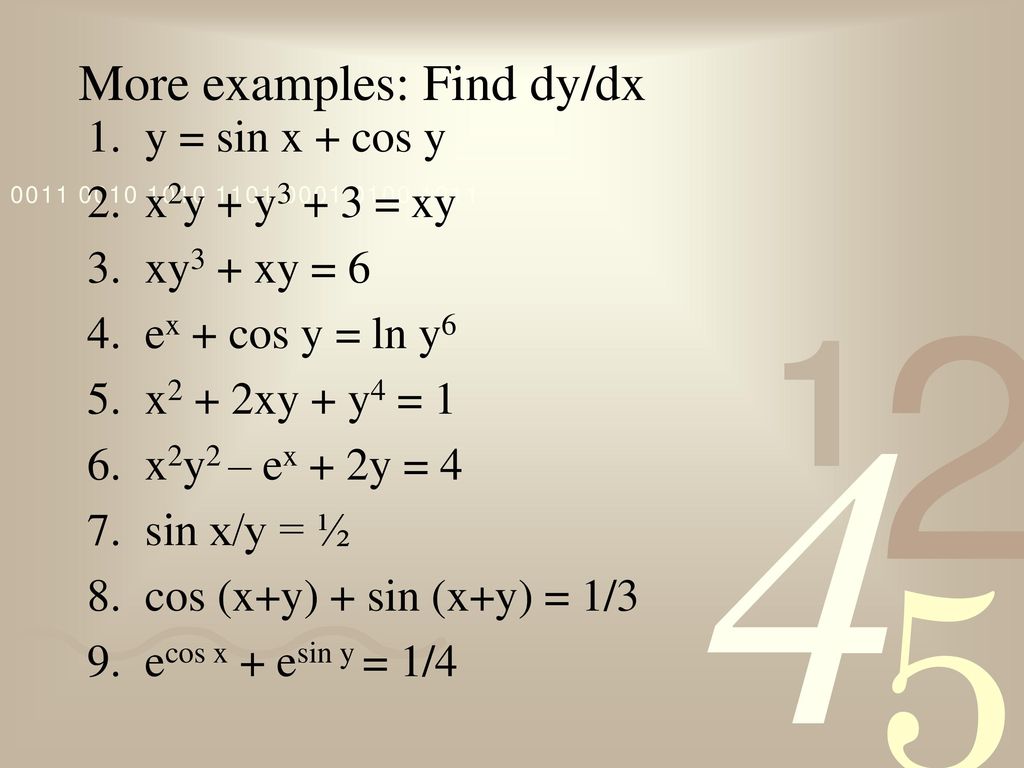



Implicit Differentiation Ppt Download




Find Differential Equation Of 3xy Y 2 Dx X 2 Xy Dy Brainly In



Find Dy Dx When X 2 Y 2 3xy 1 Sarthaks Econnect Largest Online Education Community



If 2x 2 3xy Y 2 X 2y 8 0 Then Find Dy Dx Sarthaks Econnect Largest Online Education Community




Find Dydx Where X 2 Y 2 3xy 1




Find The Equation Of Tangent And Normal To The Curve X 2 3xy Y 2 5 At The Point 1 1 Brainly In
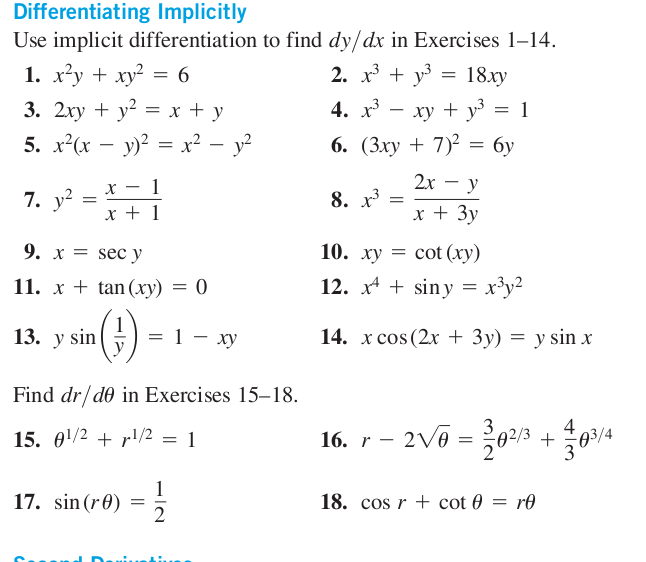



Solved Use Implicit Differentiation To Find Dy Dx In Chegg Com




Homogeneous Differential Equations By Leila B
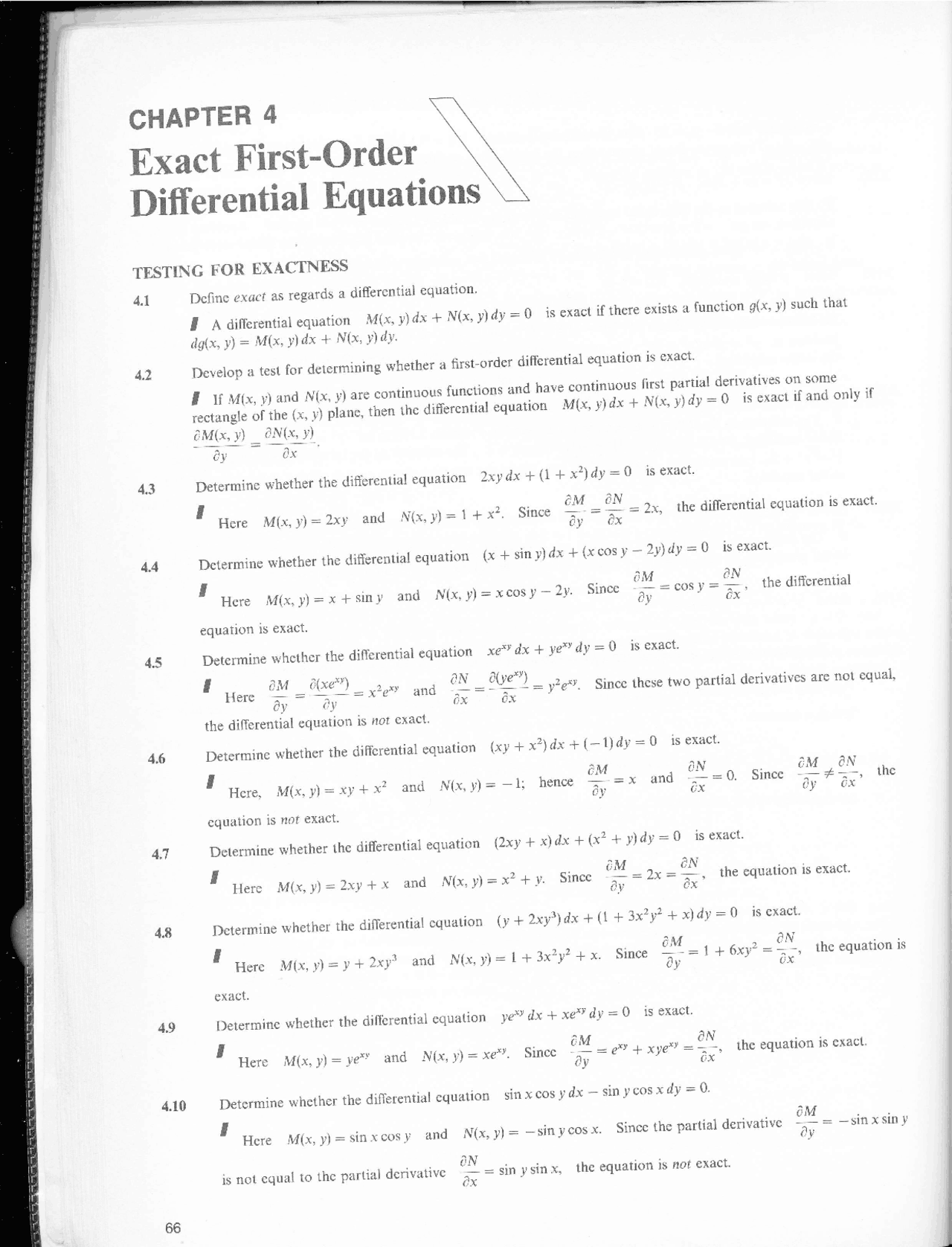



Solved Problems In Differential Equations 2500 Solved Problems In Differential Docsity




Rd Sharma Solutions For Class 12 Maths Updated For 21 22 Chapter 11 Differentiation



2



When X 2 Y 2 T 1 T And X 4 Y 4 T 2 1 T 2 Then How Do You Prove That Dy Dx 1 X 3y How Would You Solve This Quora
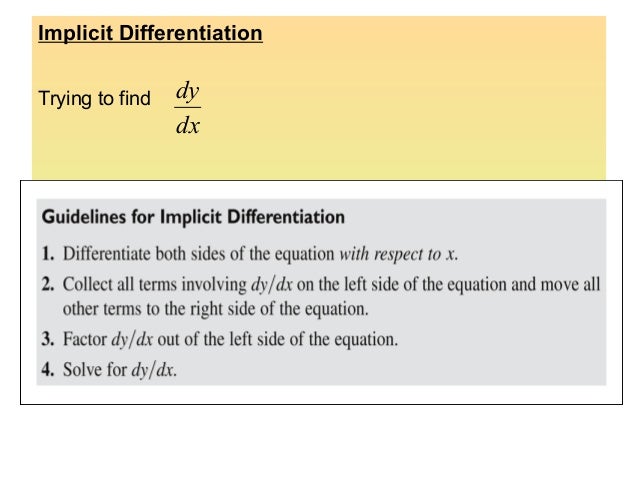



4 1 Implicit Differentiation



2




Find Dydx Where X 2 Y 2 3xy 1




Exercise




The Function G T Is Defined By G T F X Y X 2 Y 2 3xy Where X T At 2 And Y T 2at Use The Chain Rule To Find The Values Of X Y At Which G T Has Stationary Values As



Solve X 3 3xy 2 Dx Y 3 3x 2y Dy Sarthaks Econnect Largest Online Education Community



Jossaesip62s4 最も共有された X X 3 Y 3 3xy X Y X 3 Y 3 3xy Biết X Y 1




If X3 Y3 3xy Find Dy Dx



Implicit Differentiation



Solved Use Implicit Differentiation To Find Dy Dx At The Given Point Find The Slope Of The Curve Using Implicit Differentiation Course Hero



2 6 Webassign Answers



Jossaesip62s4 最も共有された X X 3 Y 3 3xy X Y X 3 Y 3 3xy Biết X Y 1



Solved X Y 3xy 2 Y Is A Differentiable Function Of X Find Dy Dx And D 2y Dx2 By Implicit Differentiation Course Hero



Pinakamabilis Dy Dx 3x2y2




Ex 5 3 6 Find Dy Dx In X3 X2y Xy2 Y3 81 Cbse




2 X 2 3xy Dy Y 2 2xy Dx 0 Brainly In




Calculo 1 Given The Function Y 4 X 2 4 Arcsen X 2 Get Dy Dx Homeworklib




Find If Y 2 3xy X 2 7 Find For 2x 2 Xy 3y 2 Ppt Download



2
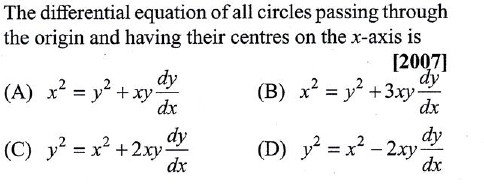



The Differential Equation Ofall Circles Passing Through The Origin And Having Their Centres On The X Axis Is 07 A Tex X 2 Y 2 Xy Frac Dy Dx Tex B Tex X 2 Y 2 3xy Frac Dy Dx Tex C Tex Y 2 X 2 2xy Frac Dy Dx Tex D



25 Y 2dx X 2 3xy 4y 2 Dy 0 Y 2dx X 2 3xy 4y 2 Dy 0



2




Differentiate X 2 Y 2 3xy 1 Youtube
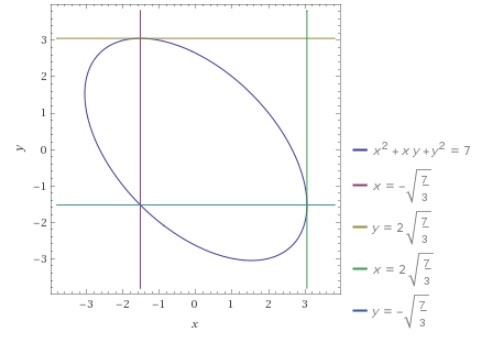



How Do You Find All Points On The Curve X 2 Xy Y 2 7 Where The Tangent Line Is Parallel To The X Axis And The Point Where The Tangent Line




Test Final This Question 3 Pts Find Dy For 4y9 2 3xy 5x 0 Homeworklib
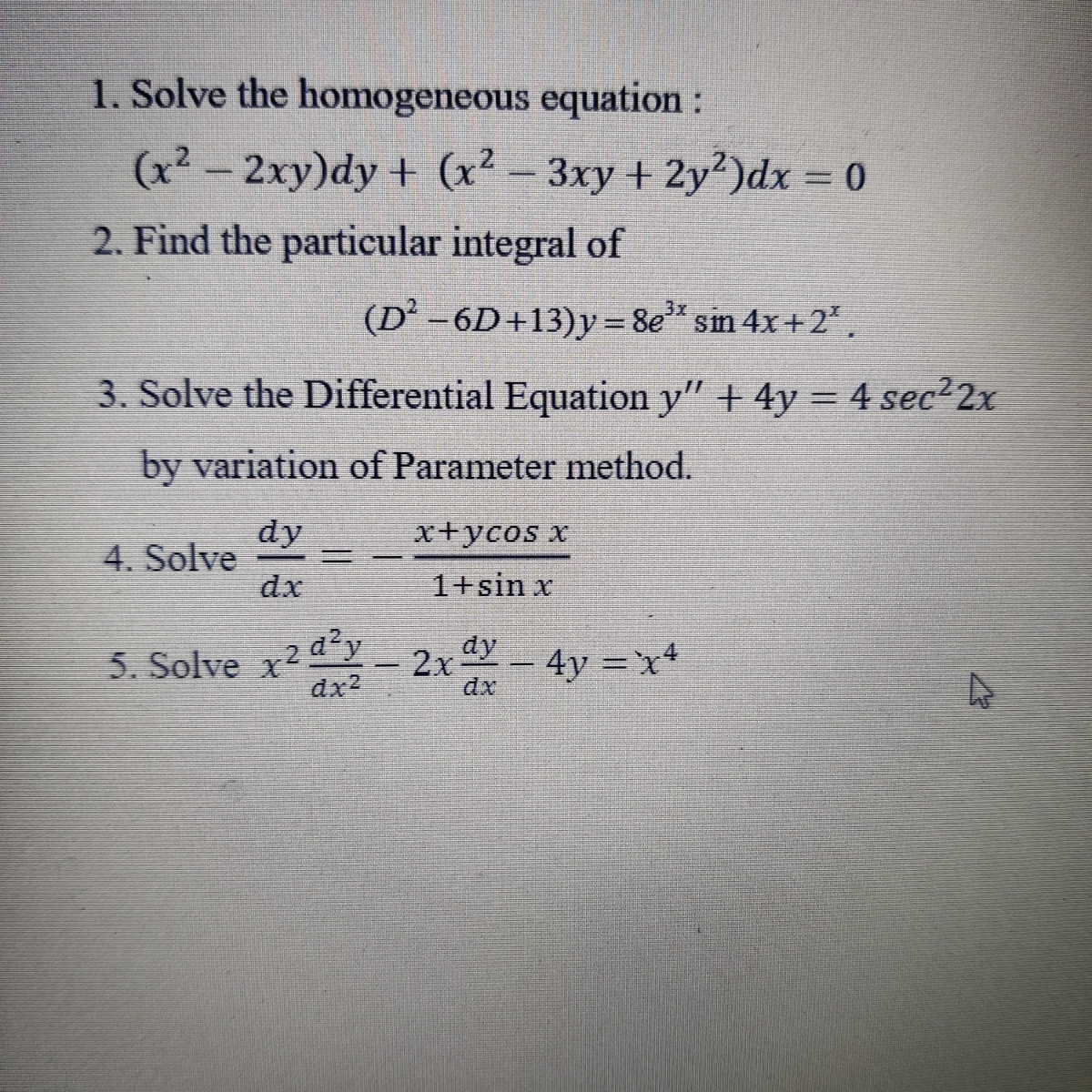



Answered Solve The Homogeneous Equation X Bartleby
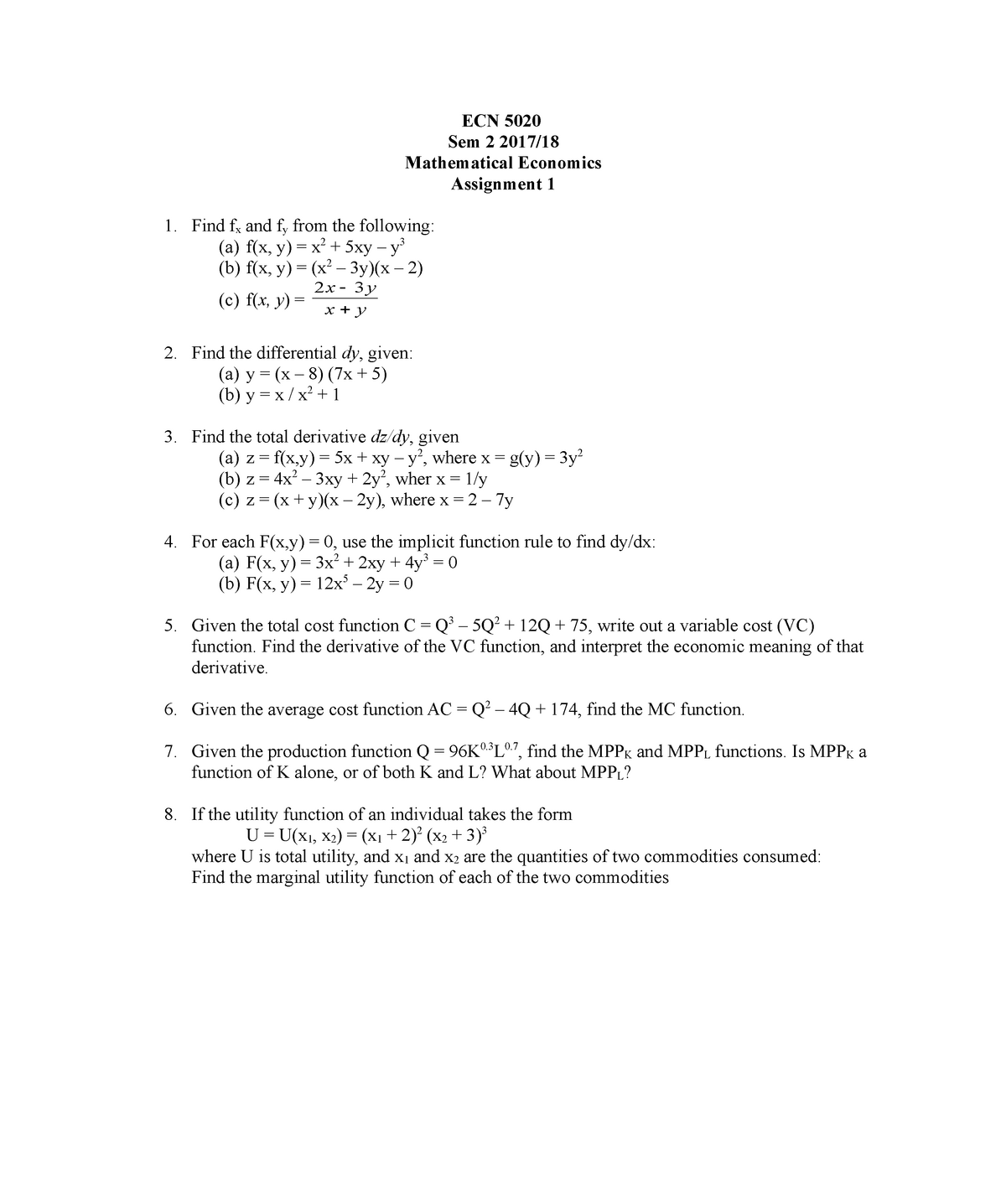



Assignment 1 Sem 2 17 18 Ecn 50 Sem 2 17 18 Mathematical Economics Assignment 1 1 Find Fx Studocu
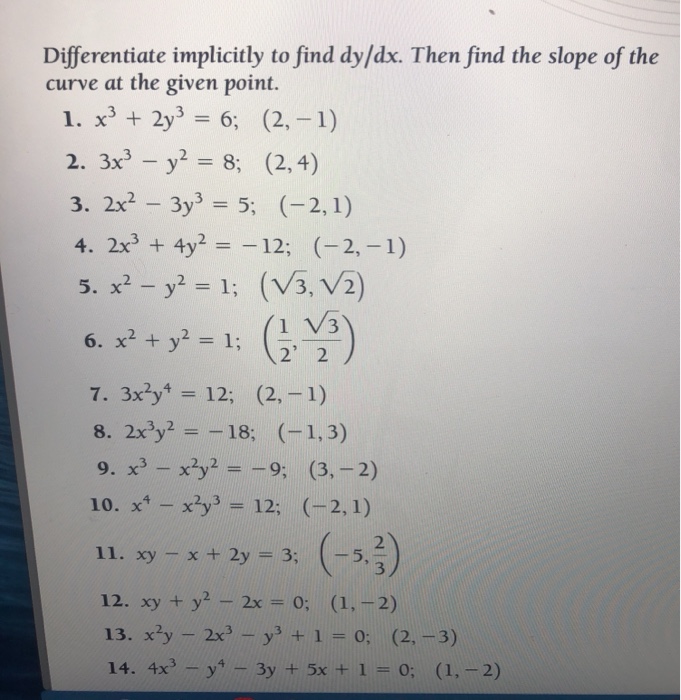



Solved Differentiate Implicitly To Find Dy Dx Then Find The Chegg Com




Misc 4 Prove X2 Y2 C X2 Y2 2 Is General Solution Of




Solve This 1 Dydx Y Y X X Y X 2 3xy Y2 Dx X2 Xy Dy 0 Maths Differential Equations Meritnation Com
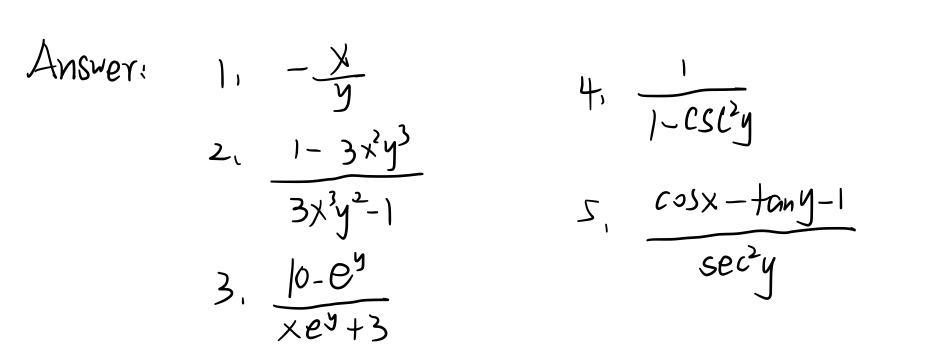



Directions Use Implicit Differentiation To Find Gauthmath
コメント
コメントを投稿